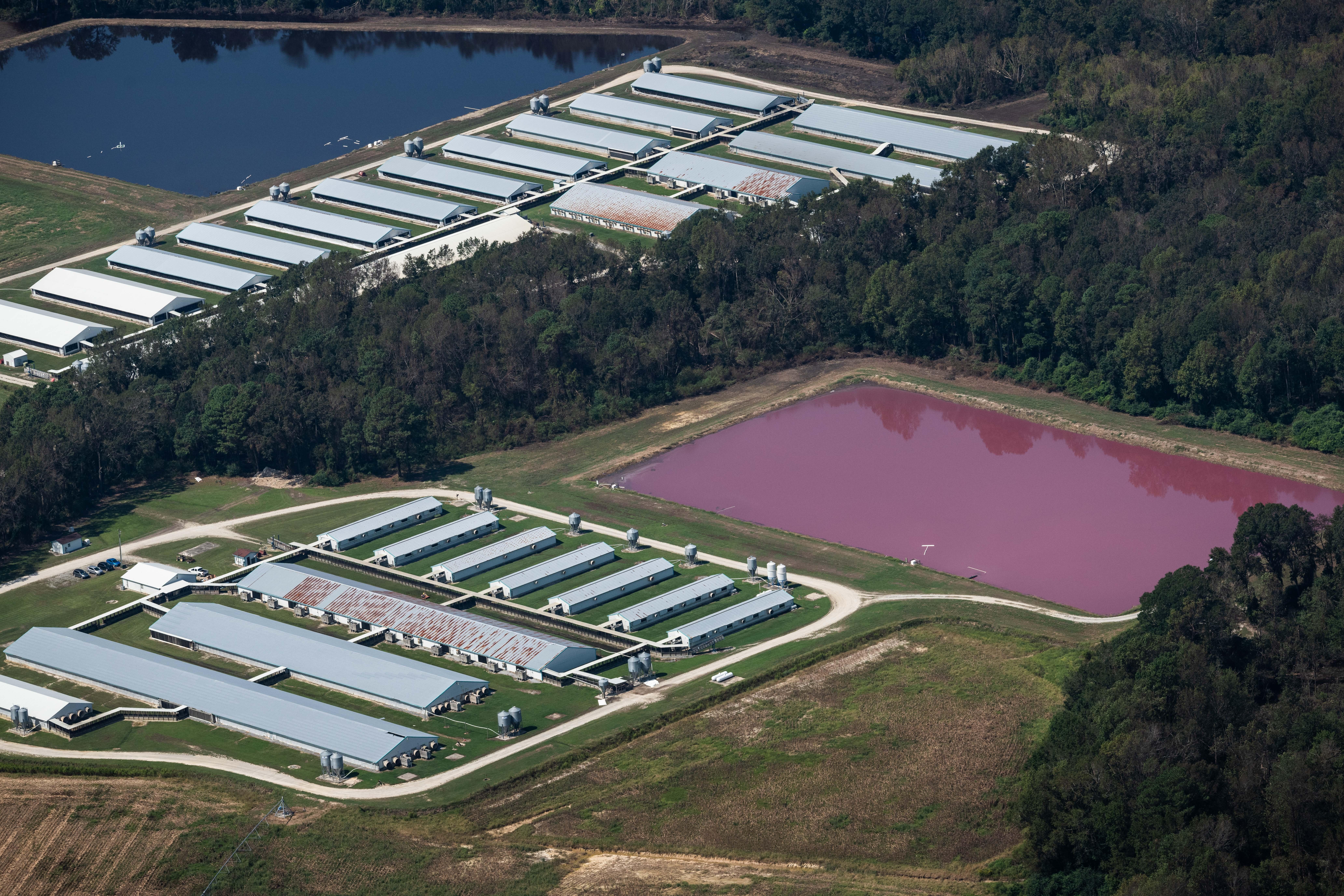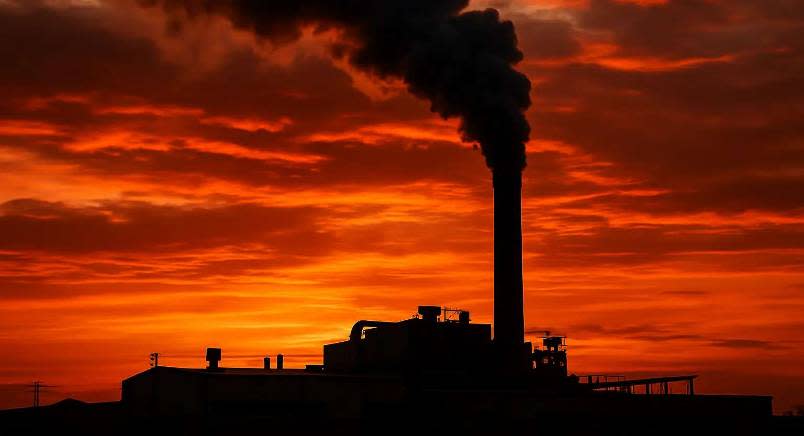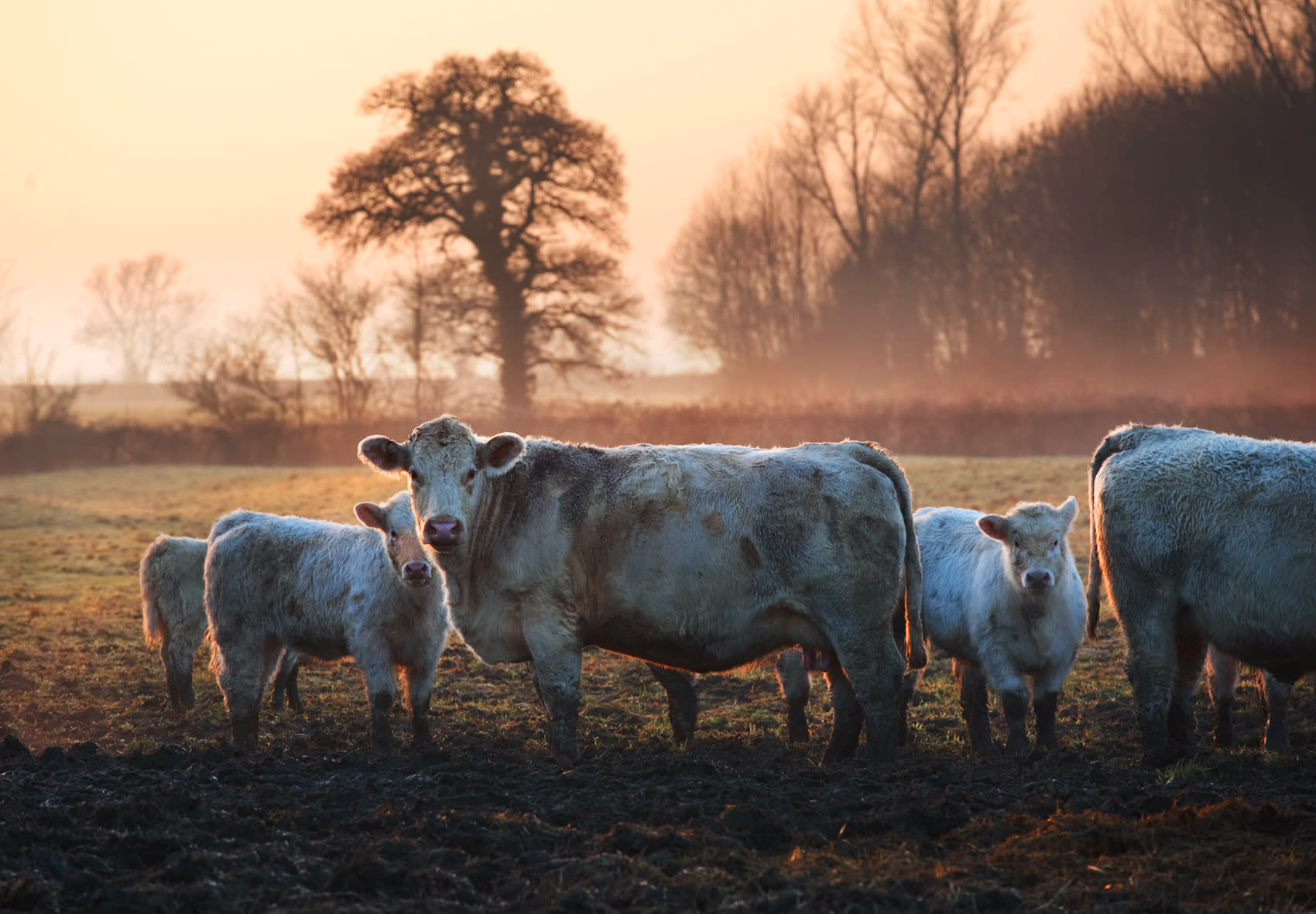




Every year, the factory farm system disposes of billions of cows, pigs, and chickens. Their waste doesn't just hurt animals—it hurts our planet, too.

In recent years, more people have become aware of the massive amounts of food that goes to waste across the globe. However, there's a common misconception that we can tackle this crisis as individuals in our homes. While cleaning off our plates is a good thing, getting factory farms and the megacorporations that profit off them to clean up their act could be the key to addressing food waste.
In a world where one in ten people are undernourished, food waste is a serious issue. Yet, as food insecurity increases, scientific models show that farmers grow more than enough food to nourish every person on the planet. The problem is, most food isn’t produced to feed people, much less end world hunger. The overwhelming majority of food is produced to fatten up livestock—and at least 26% of farmed animals don't even make it to people's plates. Instead, factory farms dispose of them in methane-spewing landfills.
The food waste we don't see
Livestock consumes 83% of farmed land. When combined with the land needed to grow corn and soy for livestock feed, over a third of Earth’s habitable surface is dedicated to animal agriculture. This gargantuan ecological footprint is already unmatched by any other industry in history. Yet, while farmed animals eat five times more food than all the people on our planet, meat and dairy combined provide less than a fifth of consumers’ nutritional needs. In other words, the food grown to feed farmed animals is exponentially greater than the food made from those animals.
When you consider that 26% of meat goes to waste, that means one in four animals are bred, raised, and forced to suffer for human consumption, only to die before their body can make it to someone's plate. Of the 200 million land animals slaughtered each day around the world, that’s 52 million cows, pigs, chickens, sheep, and goats a day. Over 18 billion animals a year.
The ethical implications are already monstrous. But, if you’re keeping count, these staggering numbers reveal another horrific truth. Each year, more food is grown to feed the farmed animals that are thrown away than to feed all the people on Earth.
Crying over spilled milk
Dairy farmers blamed the COVID-19 pandemic for being “forced” to dump the milk of 9 million cows, to the tune of 3.7 million gallons a day. But, the truth is, the dairy industry has been dumping milk for decades. Even pre-pandemic, 31% of dairy products ended up in sewage lagoons, manure pits, and landfills. Government subsidies only serve to worsen the industry's waste problem, as USDA policy ensures that the dairy industry receives millions of taxpayer dollars to compensate for "excess" milk and cheese production.
In spite of all the backwards logic at play, the dairy industry is right about one thing: demand for cow's milk is in steady decline. As more consumers become aware of the repeated abuses of dairy cows and the environmental impacts of dairy production, they're making the switch to plant-based milks—a much more sustainable option for our planet.
Deep trouble
Along with the 18 billion land animals that are thrown away each year, four out of ten fish—almost half of those caught and killed for food—are left to rot. As many as 2 trillion fish are caught around the world in a given year. And that’s not even counting the 714 million pounds of “bycatch”—including 300,000 dolphins and whales, as well as 250,000 endangered sea turtles—entangled and killed in fishing nets. All of these statistics point to one truth: the fishing industry sacrifices billions of lives, simply to lower its bottom line and maximize profits.
Cycles of waste
When animals die before they reach the slaughterhouse, their bodies will most likely end up in a landfill with other consumer waste. Landfills are a serious source of methane, which is 86 times more potent in warming our atmosphere than carbon dioxide. These methane emissions, combined with all of the greenhouse gas emissions associated with livestock production and related deforestation, plunge us even deeper into the climate crisis. If we want to protect our futures, and the futures of our planet, we must hold this wasteful, destructive industry accountable.
Animal agriculture is food waste
Ending food waste doesn’t start with cleaning your plate—but what you put on your plate. If we all evolved to a plant-based diet today, we could feed our entire growing population and reduce the amount of land needed for agriculture by an incredible 75%. We can end world hunger and deforestation while taking a huge bite out of the climate crisis—simply by eating better for ourselves.
Who’s hungry for a healthier world? Start your plant-based journey today.





